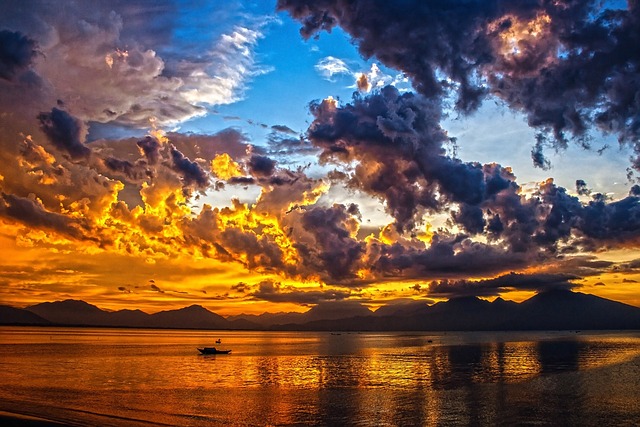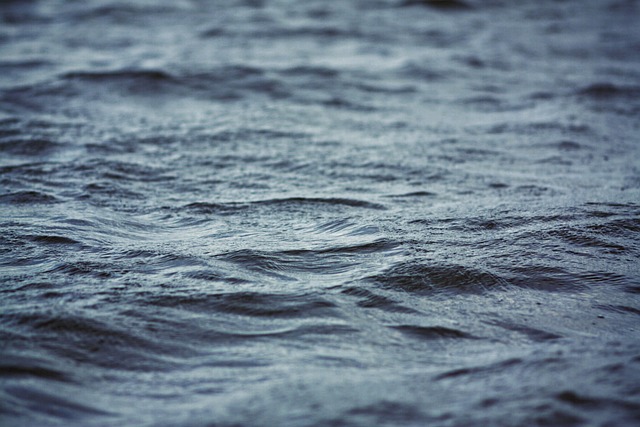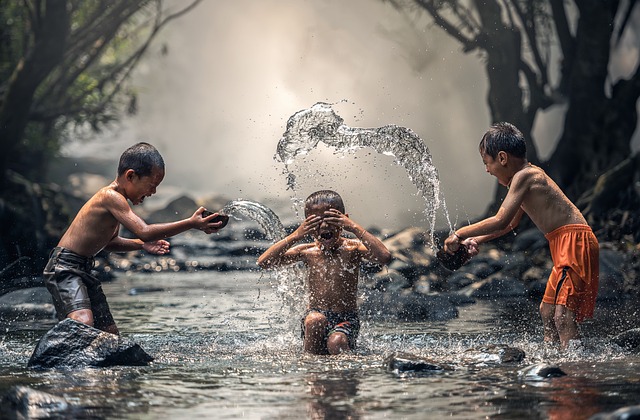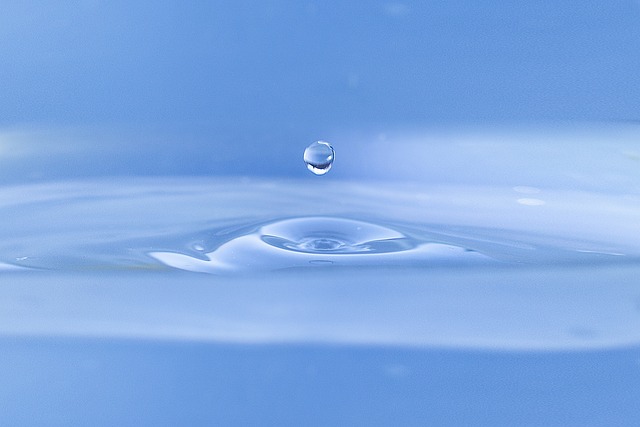The Poetry of Water: Exploring Nature’s Lifeblood
Water, the clear, odorless, tasteless liquid that sustains life on Earth, is often referred to as nature’s lifeblood. It flows through our environments, shapes our landscapes, and nourishes ecosystems. More profoundly, it resonates with our emotions, inspirations, and creativity. From the gentle ripples of a serene lake to the mighty roar of a waterfall, the poetry of water is woven intricately into the fabric of our existence. This article delves into the multifaceted significance of water, exploring its vital role in nature, culture, and art.
The Essence of Water in Nature
To fully appreciate the poetry of water, we must first understand its essential role in the natural world. Water is more than just a resource; it is a key component of life, a force that shapes our planet’s geology, weather patterns, and ecosystems.
Water as a Life Force
Every organism on Earth relies on water to survive. From the smallest microorganism to the largest mammal, the fundamental processes of life—metabolism, reproduction, and growth—depend on this vital substance. In plants, water transports nutrients from the soil and supports photosynthesis, the process by which they convert sunlight into energy. In animals, it helps regulate body temperature, facilitates digestion, and supports movement.
In the grand scheme of ecology, water is crucial in maintaining the balance of various habitats. Rivers, lakes, and marshes play host to diverse flora and fauna, creating rich ecosystems teeming with life. Wetlands, for example, serve as nurseries for fish, provide habitats for countless species, and act as natural filters for pollutants.
The Transformative Power of Water
Water is also a profoundly transformative force in nature. It shapes landscapes through erosion, carving valleys and creating mountains over millennia. Glaciers, as they move, sculpt the Earth beneath them, leaving behind breathtaking valleys and fjords. Rivers, meandering through terrains, create paths that facilitate biodiversity and cultural exchanges.
Furthermore, water influences weather patterns and climate. The heat of the sun causes water to evaporate, forming clouds that carry moisture across the globe. This cycle of evaporation, condensation, and precipitation is crucial for replenishing water sources and sustaining life. Rainfall nourishes the land, bringing forth vibrant ecosystems characteristic of diverse climates, from tropical rainforests to arid deserts.
The Cultural Significance of Water
Beyond its biological and ecological importance, water holds deep cultural significance. It appears in myths, religions, and folklore worldwide, symbolizing purity, renewal, and transformation. Different cultures revere water in unique ways, recognizing its power and impact on human existence.
Water in Spirituality and Rituals
In many cultures, water signifies spiritual cleansing and renewal. It is often associated with rituals of baptism and purification. In Christianity, water symbolizes rebirth and redemption, represented in the act of baptism. Similarly, in Hinduism, the Ganges River is considered sacred and is believed to bestow spiritual merit and cleanse one of sins when bathed in its waters.
Indigenous cultures often view bodies of water as sacred spaces, vital not only for sustenance but also for spiritual reflection. They believe in the interconnectedness of all living things, and water is seen as a vital link that nourishes the bond between nature and humanity.
Water in Art and Literature
Water’s beauty and transient nature have inspired artists, poets, and writers for centuries. In literature, it often serves as a metaphor for emotions—flowing and dynamic, mirroring the human experience. Poets like William Wordsworth and John Keats have infused their works with the tranquil essence of water, celebrating its beauty and evoking the depth of human emotions.
In the visual arts, water’s fluidity offers artists a unique medium to explore themes of movement, change, and reflection. Artists like Claude Monet captured the ever-changing qualities of water in his impressionist paintings, emphasizing light and color. The imagery of lakes, rivers, and oceans often symbolizes the vastness of human experience and the passage of time.
Water in Science and Technology
The study of water extends beyond artistic representation and cultural significance. It plays a crucial role in scientific research and technological advancements. Understanding the properties of water is vital for addressing global challenges such as climate change, water scarcity, and pollution.
Hydrology and Conservation
Hydrology, the study of water movement and distribution, provides essential insights into managing water resources sustainably. Water is a finite resource, and as populations grow and climate conditions change, the demand for clean, accessible water increases. Conservation efforts aim to protect water quality and ensure its availability for future generations.
Innovative technologies are being developed to enhance water conservation and purification. From advanced irrigation systems that minimize waste to desalination processes that transform seawater into fresh drinking water, science is paving the way for sustainable water management.
Climate Change and Water Resources
Climate change poses significant threats to water resources worldwide. Extreme weather events, like floods and droughts, are becoming more frequent due to altered precipitation patterns. As glaciers melt and sea levels rise, coastal communities face increased vulnerability. Understanding these changes is crucial for developing adaptive strategies and policies to protect water resources.
The Future of Water: Challenges and Opportunities
As we face the 21st century, the challenges related to water resources are becoming increasingly evident. Pollution, over-extraction, and climate change jeopardize the delicate balance of ecosystems and the livelihoods of millions of people. However, these challenges also present opportunities for innovative solutions and community engagement.
Community Engagement and Activism
Grassroots movements worldwide are advocating for the protection of water resources. From local conservation efforts to global campaigns addressing plastic pollution in oceans, communities are recognizing the vital role they play in safeguarding water. Engaging individuals in water stewardship fosters a sense of responsibility and connection to this precious resource.
Education and Awareness
Education plays a key role in fostering a culture of water conservation. By raising awareness about the importance of water and the impact of human activities on ecosystems, we can inspire future generations to become stewards of this vital resource. Schools, universities, and community organizations can work together to promote environmental literacy, focusing on the science of water and its cultural significance.
Conclusion: Embracing the Poetry of Water
The poetry of water transcends its physical properties, intertwining with the narratives of nature, culture, and human experience. As a life-giving force, it sustains ecosystems and shapes landscapes, while serving as a source of inspiration for artists and writers. In our quest to ensure a sustainable future, we must recognize water’s multifaceted importance and embrace our responsibility as stewards of this precious resource.
In moments of stillness, we can listen to the whispers of flowing streams and the crashing waves of the ocean—a reminder of water’s beauty and its indispensable role in our lives. Let us celebrate the poetry of water, not only for what it provides but for the connection it fosters between all living things.



